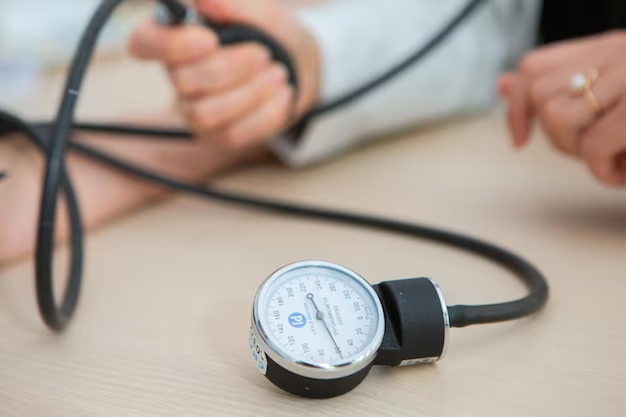Understanding the Risks: Is Labile Hypertension a Cause for Concern?
When it comes to blood pressure, everyone seems to know at least one thing: it's better when it's neither too high nor too low. But what about when it’s unpredictably swinging between these two extremes? Labile hypertension is precisely this— unpredictable spikes and drops in blood pressure that can be jarring and concerning. But is labile hypertension dangerous? Let's delve into the nuances of this condition to uncover its potential risks and explore practical resources to help manage health and related financial concerns.
What is Labile Hypertension?
Labile hypertension refers to fluctuating blood pressure levels. Unlike regular hypertension, where blood pressure is consistently high, labile hypertension can bring on temporary spikes. Symptoms can include headaches, dizziness, and feelings of anxiety or rapid heartbeat. These erratic changes are concerning because they can indicate underlying cardiovascular issues or be precursors to more significant health conditions.
Potential Risks
The dangers of labile hypertension lie in its unpredictability and the stress it puts on the cardiovascular system. Each spike in blood pressure can damage the blood vessels and organs, especially the heart, brain, and kidneys over time. This condition can exacerbate the risk of heart attack, stroke, and chronic kidney disease. Furthermore, the psychological impact of living with unpredictable symptoms can also be significant, potentially leading to anxiety disorders.
Managing Labile Hypertension
Consistency and control are your best friends when dealing with labile hypertension. Here are a few strategies:
- Monitor your blood pressure regularly to notice patterns and triggers.
- Implement lifestyle changes, such as reducing salt intake, ensuring regular physical activity, managing stress, and improving sleep hygiene.
- Consult healthcare professionals about your symptoms. Medication or therapy might be necessary.
The Role of Financial and Educational Resources
Managing a chronic condition like hypertension can sometimes come with unexpected financial burdens. From medical bills to lifestyle changes, costs can add up. Here is where exploring financial assistance programs could be beneficial.
Consider reaching out to state and federal healthcare assistance programs. Many offer help with medical expenses, prescriptions, and, in some cases, even transportation to medical appointments.
Financial Assistance and Educational Support
Navigating medical expenses and maintaining health with labile hypertension can be daunting. This makes accessing the right financial aid and educational resources crucial. Here’s a snapshot of some resources you can explore:
- 🎗️ Government Aid Programs: Look into Medicaid, Medicare, and other local health services for potential assistance with medical costs.
- 💊 Prescription Assistance Programs: Some pharmaceutical companies provide medicines at reduced costs or even for free.
- 📚 Educational Grants & Resources: Several organizations offer free education on managing hypertension and maintaining heart health. These can help empower you with the knowledge needed for lifestyle changes.
- ⚖️ Credit & Debt Relief Options: Non-profit credit counseling services can offer advice on managing debts related to medical expenses.
- 🌍 Community Health Services: Many communities have health services that provide discounted or free services to those in need.
Prioritizing both physical and financial health is essential to living well with labile hypertension. With the right support and resources, maintaining control over your condition, while also staying financially stable, is entirely possible. Remember, you’re not alone on this journey. There are programs and solutions designed to help you thrive.

Related Topics
- a 66 Year Old Female With a History Of Hypertension
- Are Eggs Bad For Hypertension
- Are Eggs Good For Hypertension
- Are Endocrine Disorders Causing Hypertension Rare
- Can Adderall Cause Hypertension
- Can Alcohol Cause Hypertension
- Can Allergies Cause Hypertension
- Can Anemci People Get Hypertension
- Can Anemia Cause Hypertension
- Can Antibiotics Cause Hypertension